Big cats are often associated with the dense jungles of Asia or the expansive plains of Africa. However, their adaptability allows them to thrive in some of the most unexpected environments on Earth. These majestic creatures have evolved with unique traits that help them navigate their respective territories. Let’s dive into the world of these feline wonders and explore how they manage to survive in unlikely places.
The Snow Leopard: The Ghost of the Mountains
The snow leopard, often referred to as the “ghost of the mountains,” stands as a testament to nature’s adaptability. Residing in the high-altitude regions of Central Asia, these elusive cats have developed dense fur and wide, fur-covered feet to combat freezing temperatures. Their powerful hind legs allow them to leap up to 50 feet in pursuit of prey, making them formidable hunters in the rugged terrain. Despite their prowess, snow leopards remain one of the most mysterious and least observed big cats in the wild. Their solitary nature and remote habitat have made them a symbol of mystery and resilience. Conservationists are working tirelessly to ensure that these mountain specters continue to thrive in their natural habitat.
The Jaguar: Amazon’s Stealthy Predator
The jaguar, a symbol of power and agility, thrives in the dense rainforests of the Amazon. Unlike other big cats, they are exceptional swimmers, often hunting in rivers and streams. Their muscular build and strong jaws allow them to take down prey much larger than themselves, including caimans and anacondas. Jaguars have a unique way of hunting: they often ambush their prey, using their spotted coat to blend seamlessly into the forest shadows. This stealthy predator plays a crucial role in maintaining the ecological balance of the Amazon. However, deforestation and habitat loss pose significant threats to their existence, emphasizing the need for continued conservation efforts.
The Siberian Tiger: Master of the Taiga

The Siberian tiger, or Amur tiger, reigns supreme in the frigid forests of the Russian Far East. These majestic cats are the largest of their kind, with males weighing up to 700 pounds. Their thick, insulating fur and a layer of fat beneath their skin help them withstand temperatures as low as -40 degrees Fahrenheit. Siberian tigers are solitary hunters, relying on their keen sense of smell and sight to track prey over vast distances. They play a vital role in their ecosystem, controlling prey populations and maintaining the balance of their habitat. Though their numbers are slowly recovering, they remain endangered due to poaching and habitat destruction.
The Cheetah: Speed Demon of the Desert
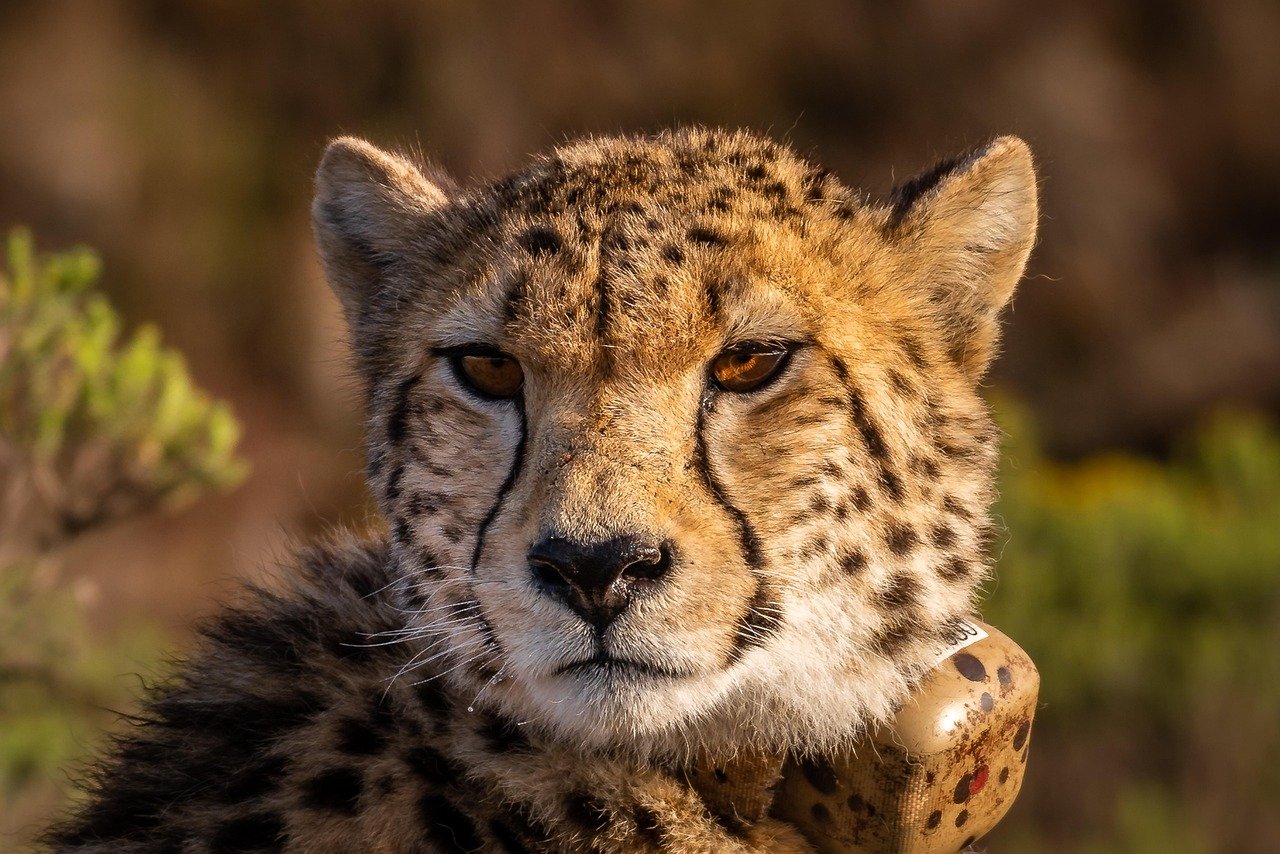
While cheetahs are often associated with the African savannah, some have adapted to life in arid desert regions. These graceful cats are built for speed, with slender bodies and long legs that allow them to reach speeds of up to 75 miles per hour. In the desert, cheetahs rely on their keen eyesight to spot prey from great distances. Their unique hunting strategy involves using bursts of speed to catch unsuspecting prey, often taking them by surprise. Despite their incredible adaptations, cheetahs face numerous challenges, including competition with larger predators and human encroachment on their territory.
The Puma: North America’s Stealthy Stalker
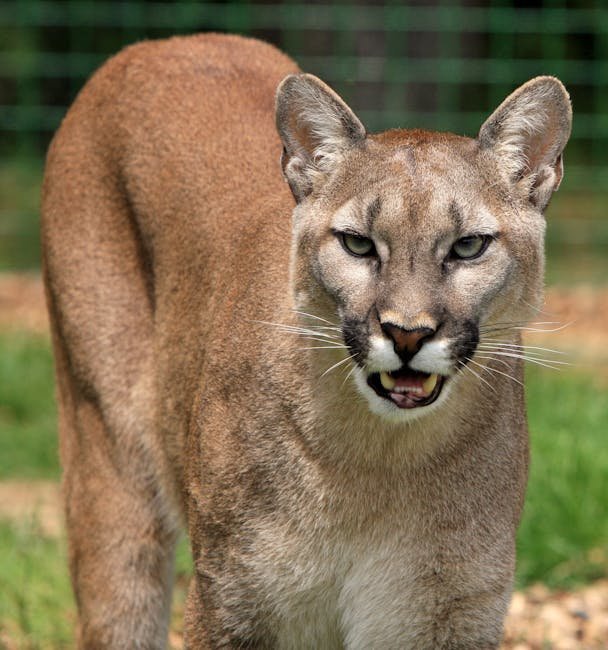
Pumas, also known as cougars or mountain lions, are incredibly versatile cats found across a range of habitats in North America. From the snowy peaks of the Rockies to the sweltering deserts of the Southwest, pumas have adapted to survive in diverse environments. They are solitary and elusive, often hunting at dawn or dusk to avoid human contact. Pumas are powerful jumpers, capable of leaping 15 feet vertically and 40 feet horizontally. Their adaptability has allowed them to thrive in areas where other big cats have struggled. However, as human populations expand, pumas face increasing threats from habitat fragmentation and hunting.
Adaptation: The Key to Survival
Adaptation is a crucial factor that allows these big cats to thrive in unexpected places. From the snow leopard’s thick fur to the cheetah’s aerodynamic build, each species has evolved unique traits that enable them to survive in their respective environments. These adaptations are a testament to the incredible resilience and ingenuity of nature. Understanding and appreciating these adaptations can help us better protect these magnificent creatures and their habitats.
The Role of Conservation Efforts
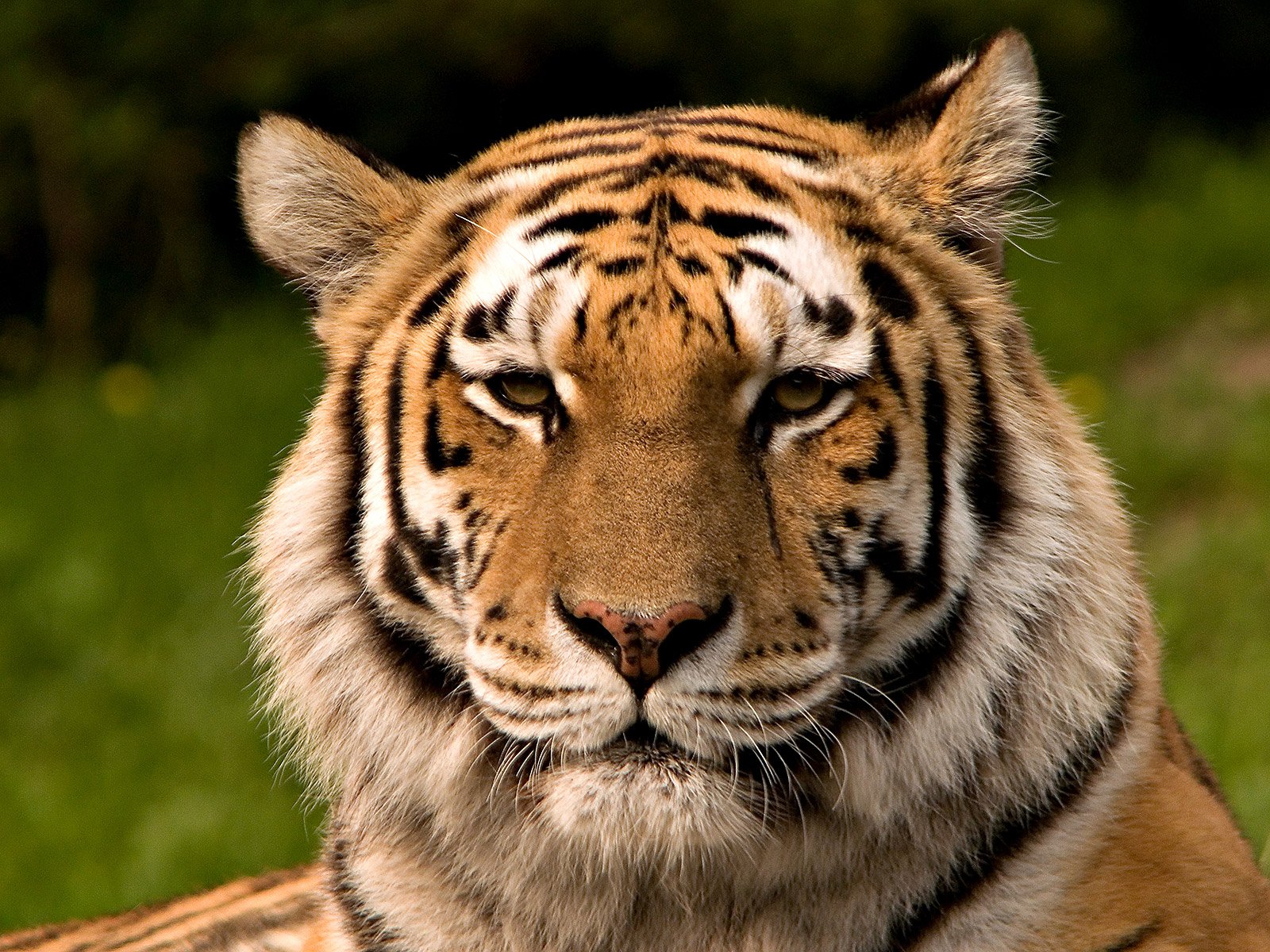
Conservation efforts play a vital role in ensuring the survival of big cats in the wild. Organizations worldwide are working tirelessly to protect these animals from threats such as poaching, habitat loss, and climate change. By raising awareness and implementing conservation strategies, we can help preserve the natural habitats of these incredible creatures. Public education and community involvement are also crucial components of successful conservation efforts. Together, we can work towards a future where big cats continue to thrive in their natural environments.
The Importance of Habitat Preservation
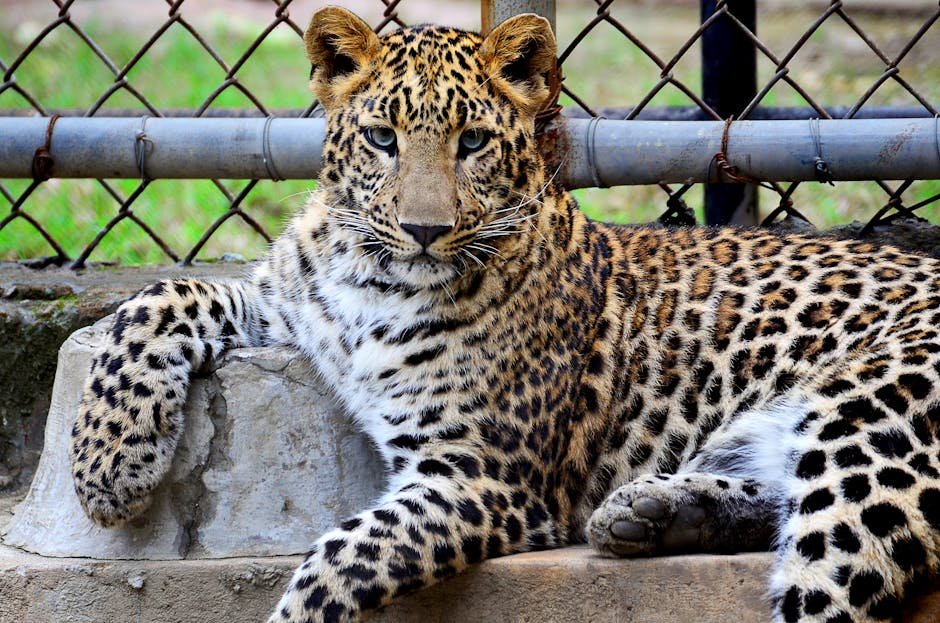
Preserving the natural habitats of big cats is essential for their survival. Each species relies on its environment for food, shelter, and reproduction. Deforestation, urbanization, and climate change pose significant threats to these habitats, leading to a decline in big cat populations. By protecting and restoring these environments, we can create a sustainable future for these magnificent animals. Habitat preservation also benefits other species and ecosystems, highlighting the interconnectedness of nature.
The Impact of Climate Change

Climate change poses a significant threat to big cat populations worldwide. Rising temperatures, changing precipitation patterns, and extreme weather events can disrupt ecosystems and alter the availability of food and water. As habitats shift, big cats may struggle to adapt to new environments, leading to increased competition and conflict with humans. Addressing climate change is crucial for the long-term survival of these species. By reducing greenhouse gas emissions and promoting sustainable practices, we can mitigate the impacts of climate change on big cats and their habitats.
The Role of Technology in Conservation
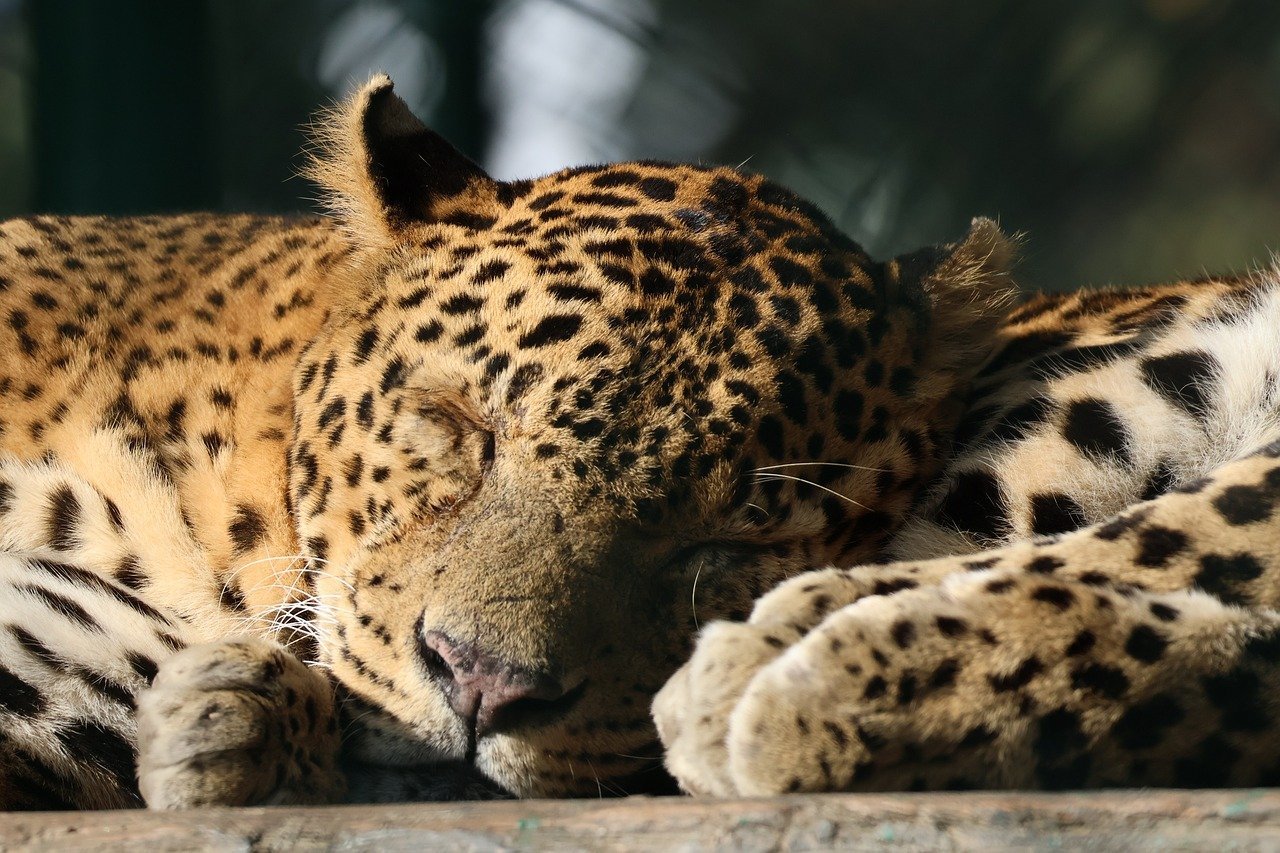
Technology has become an invaluable tool in the fight to save big cats. From satellite tracking to camera traps, technological advancements have revolutionized conservation efforts. These tools allow researchers to monitor populations, track movements, and gather data on behavior and habitat use. This information is critical for developing effective conservation strategies and making informed decisions. By harnessing the power of technology, we can enhance our understanding of big cats and work towards a future where they continue to thrive.
Community Involvement in Conservation
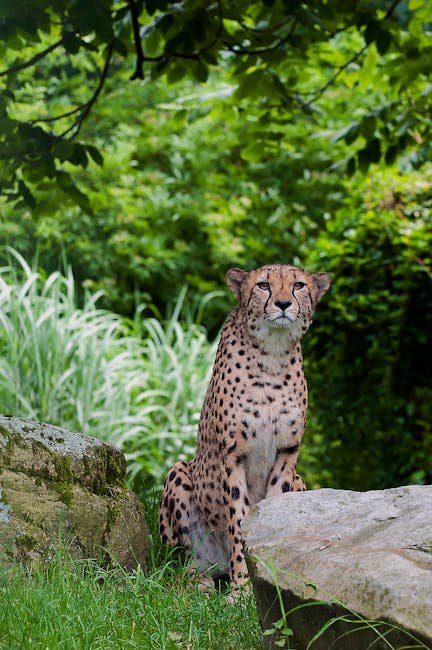
Community involvement is a key component of successful conservation efforts. Local communities play a vital role in protecting big cats and their habitats. By engaging with these communities and providing education and resources, conservation organizations can foster a sense of stewardship and responsibility. Community-based conservation initiatives empower individuals to take action and make a positive impact on their environment. By working together, we can create a sustainable future for big cats and the ecosystems they inhabit.
The Economic Benefits of Big Cat Conservation
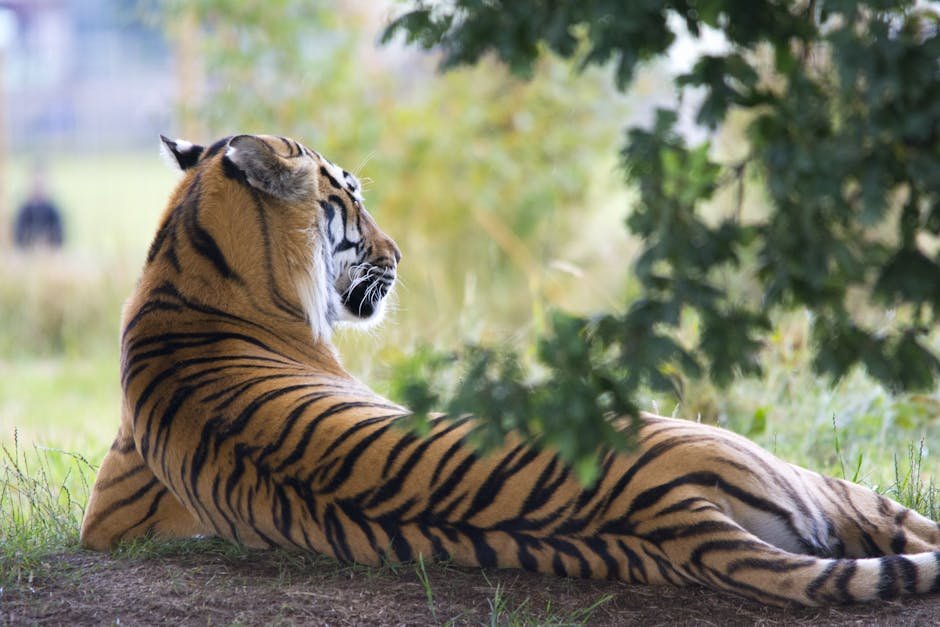
Big cat conservation can have significant economic benefits for local communities. Ecotourism, driven by the allure of these majestic creatures, generates revenue and creates jobs. By promoting sustainable tourism practices, communities can benefit economically while preserving their natural resources. Conservation efforts can also lead to increased biodiversity, which supports ecosystem services such as clean water, pollination, and carbon sequestration. Investing in big cat conservation is not only an ethical responsibility but also a smart economic decision.
The Cultural Significance of Big Cats
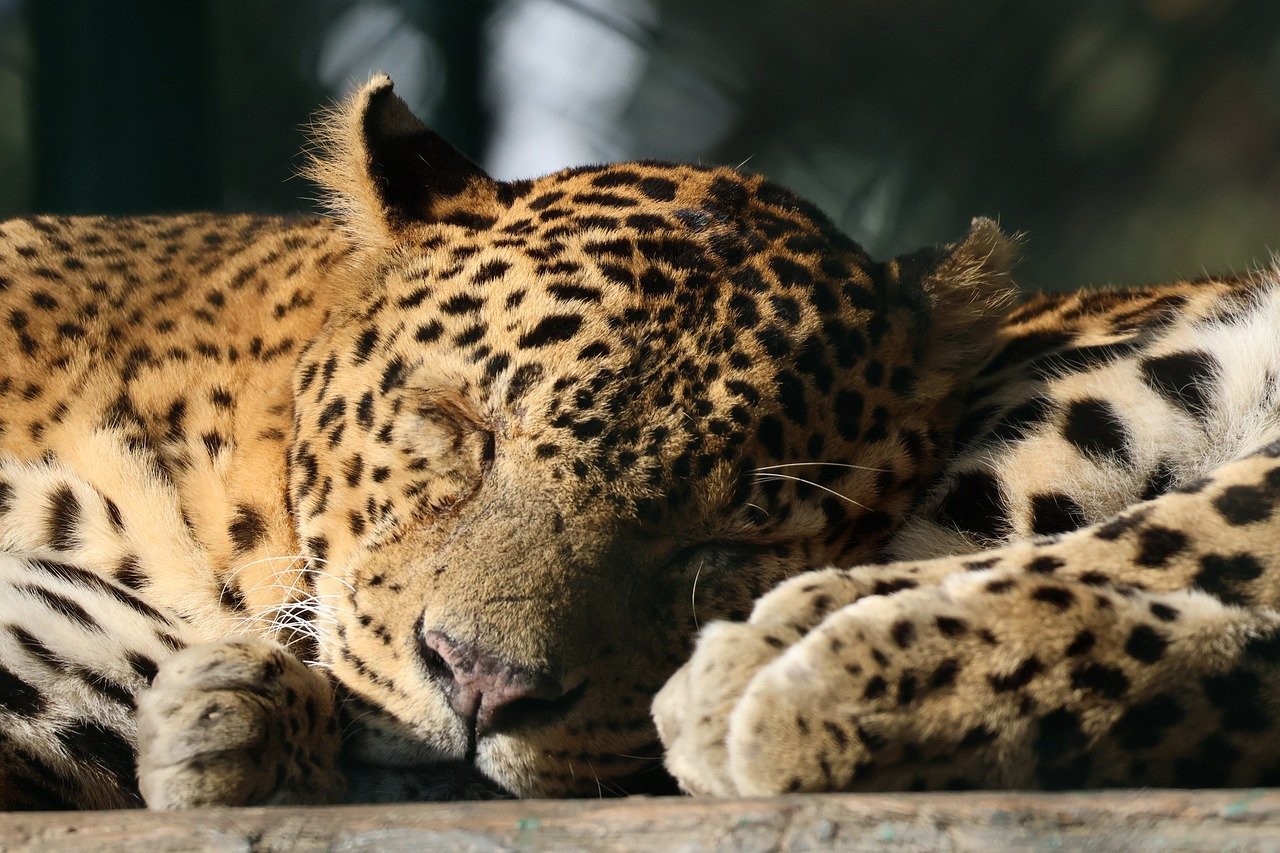
Big cats hold a special place in the cultures and traditions of many societies. They are often seen as symbols of strength, courage, and wisdom. Throughout history, big cats have been featured in art, mythology, and folklore, reflecting their importance to human cultures. Preserving these species is not only about protecting biodiversity but also about safeguarding cultural heritage. By celebrating the cultural significance of big cats, we can inspire a deeper appreciation for these incredible creatures and the need to protect them.
Challenges Facing Big Cat Conservation
Big cat conservation faces numerous challenges, including habitat loss, poaching, and human-wildlife conflict. These threats are often interconnected, creating complex issues that require comprehensive solutions. Addressing these challenges requires collaboration between governments, conservation organizations, and local communities. By working together, we can develop innovative strategies to protect big cats and their habitats. Despite the challenges, there is hope for the future, as awareness and support for big cat conservation continue to grow.
The Future of Big Cats
The future of big cats depends on our collective efforts to protect and preserve their habitats. By addressing the threats they face and implementing effective conservation strategies, we can ensure that these magnificent creatures continue to thrive. The survival of big cats is not only crucial for maintaining biodiversity but also for the health and balance of ecosystems. As we move forward, it is essential to prioritize conservation efforts and work towards a sustainable future for big cats and the natural world.
How You Can Help

Everyone can play a role in big cat conservation. By supporting conservation organizations, raising awareness, and making sustainable choices, individuals can make a positive impact. Educating others about the importance of big cats and their habitats can inspire action and foster a sense of responsibility. By advocating for policies that protect wildlife and their environments, we can create a future where big cats continue to roam free. Together, we can ensure the survival of these incredible creatures for generations to come.
The Power of Education
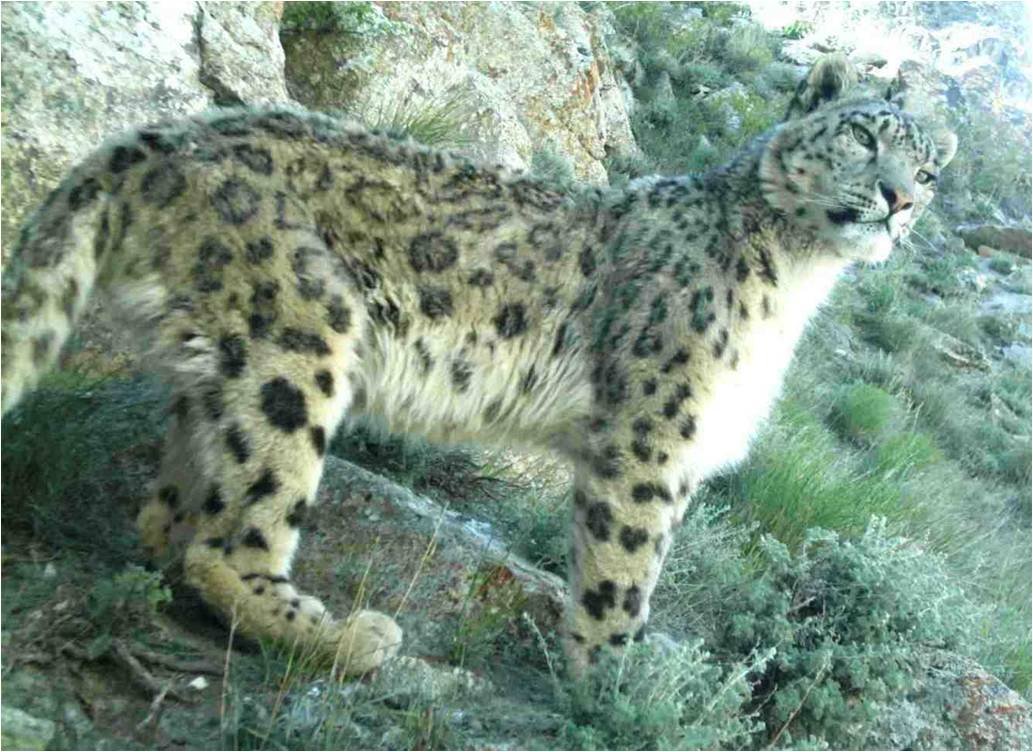
Education is a powerful tool for promoting big cat conservation. By raising awareness about the threats facing these animals and the importance of their preservation, we can inspire individuals to take action. Educational programs in schools, communities, and online platforms can reach diverse audiences and foster a sense of stewardship. By empowering individuals with knowledge, we can create a global movement for big cat conservation and ensure a brighter future for these magnificent creatures.
Conclusion
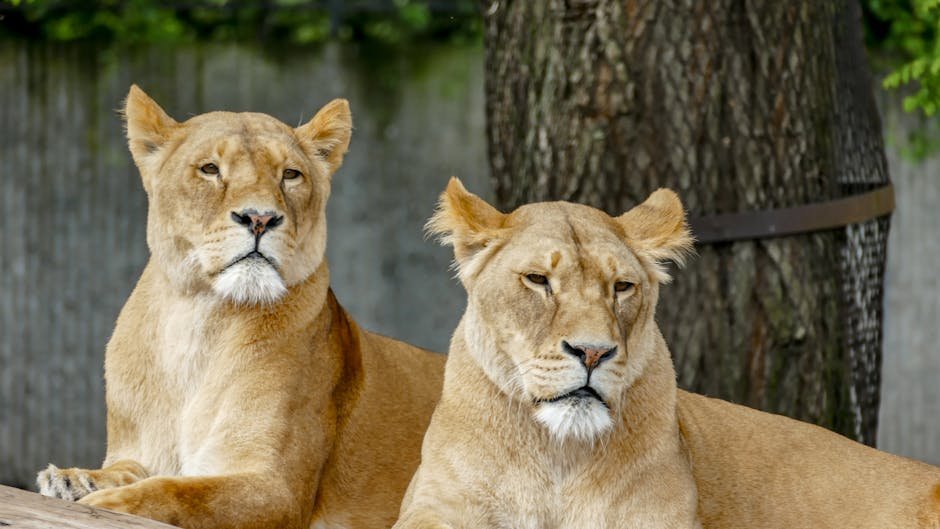
The survival of big cats in unlikely places is a testament to their resilience and adaptability. These majestic creatures have captured the hearts and imaginations of people worldwide, inspiring a sense of wonder and awe. By understanding the challenges they face and taking action to protect their habitats, we can ensure that big cats continue to thrive in the wild. Together, we can create a future where these incredible animals roam free, enriching our world with their presence.
Hi, I’m Bola, a passionate writer and creative strategist with a knack for crafting compelling content that educates, inspires, and connects. Over the years, I’ve honed my skills across various writing fields, including content creation, copywriting, online course development, and video scriptwriting.
When I’m not at my desk, you’ll find me exploring new ideas, reading books, or brainstorming creative ways to solve challenges. I believe that words have the power to transform, and I’m here to help you leverage that power for success.
Thanks for stopping by, Keep coming to this website to checkout new articles form me. You’d always love it!






